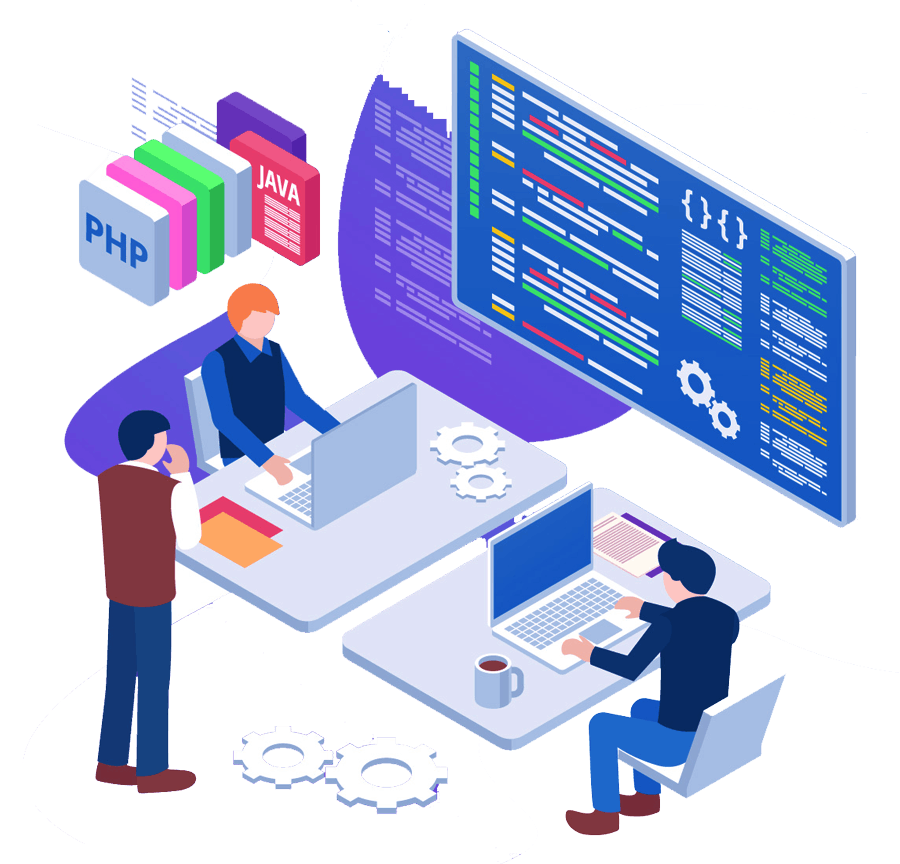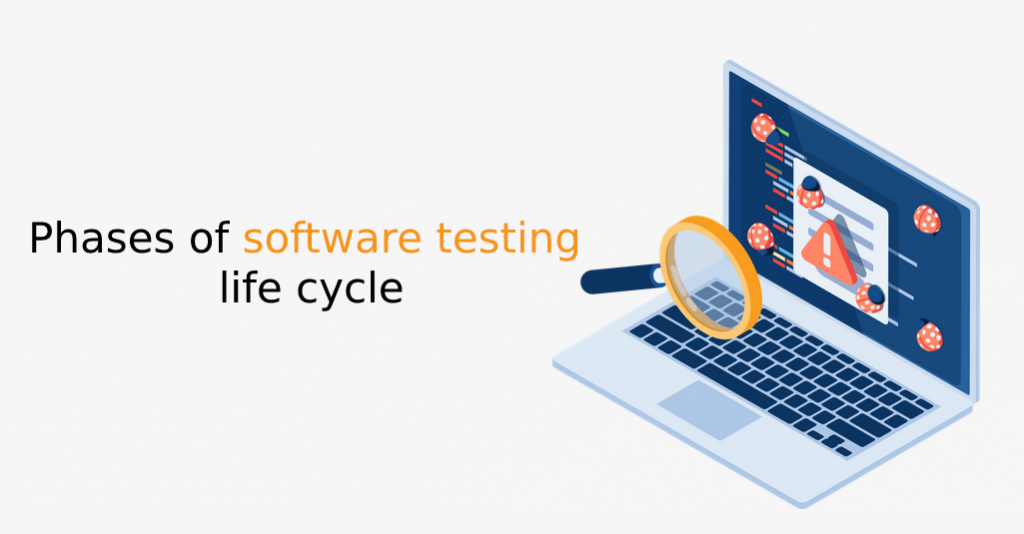Introduction
A software release can be confidently released thanks to the software testing life cycle. Through a sequence of tasks that start with validation and move on through creativity, design, and execution, the STLC provides that assurance. In its way, each STLC step aids in producing high-quality software releases. Similar to this, each step of the STLC process has distinct objectives and deliverables designed to find flaws and maximize test coverage.
Key phases in Software testing life cycle
- Requirement analysis
- Test planning
- Test case design and development
- Test environment setup
- Test execution
- Test cycle closure
iStudio Technologies in Chennai is a renowned company that provides software testing services tailored to your specifications.
Requirement analysis

Test Planning
The test plan specifies the scope, objectives, types of functional and non-functional tests (both automated and human), and information about the test environments, among other aspects of the quality assurance (QA) work. Test management establishes the tasks’ roles and deadlines when these specifics have been decided. After completing the Software Testing Life Cycle phases, the testing team can decide what deliverables to provide.
Looking for best software testing service in Chennai. Contact iStudio technologies today!

Test case design and development
Test environment setup
Once you've established your testing priorities, we can assist you in deciding the testing's scope and timescales, or we can follow your guidelines.
Test execution




